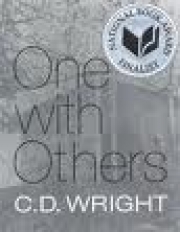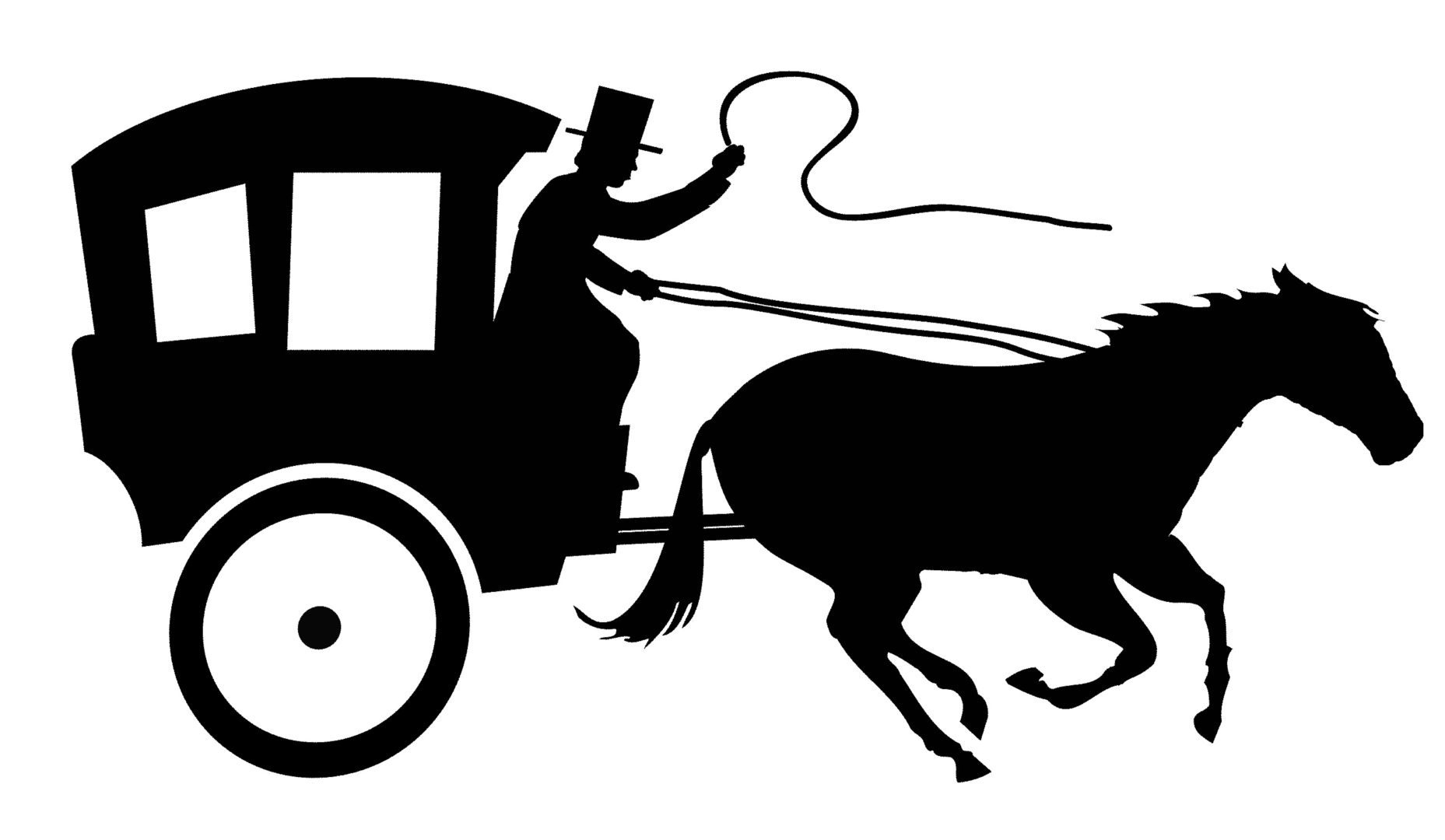Carrie Meadows

by C.D. Wright
Copper Canyon
2011
$18
February was Black History Month, a fact that seemed to go largely unnoticed by folks in the news media who I thought might care a little more. A little later, I picked up C.D. Wright’s One with Others, an obvious National Book Award Finalist if nothing else for the promise of greatness based on its author’s resume, a promise solidified by the book itself. I experienced One with Others in the context of two other works of a similar vein: the PBS Freedom Riders documentary and Gregory Orr’s creative nonfiction essay, “Return to Haynesville.” (Five Corners, the Tim Robbins/Jodie Foster film from way back in ’88 also came to mind.) The connection between these pieces is pretty basic: whites taking on the cause of The Civil Rights Movement, as, if not quite their own, something they felt they had to do, penance of a sort for past ill deeds, personal or cultural. Wright explains the impulse this way:
There is black blood and white blood. There is black air and white air. And this
selfsame lie takes aim, even if by indirection, at the stifled lives of those inflicting
the harm, the lives of witting and of unwitting ignorance, and those who must live
among the stiflers, as if one of them, by all outward and visible signs one of them,
but on the reverse side of their skin lie awake in the scratchy dark, burning to
cross over. Not to become one of the harmed but to shed the skin, you get my
meaning, the tainted skin of the injuring party. (25-6)
At the heart of Wright’s book is the ugly history of America, of the South, and, more specifically, of
Big Tree, Arkansas. The book is billed as the story of V, or Wright’s mentor Margaret Kaelin McHugh,
and Wright herself calls One with Others a tribute to this “person of courage” who played an important
role in her life. But it seems to me that this work of poetry reaches far deeper than V, and deeper
still than the role of whites in what we as a culture rightly think of as a black struggle.
To digress back to Freedom Riders, consider this image: A girl, white, watches her father’s friends burn a bus carrying optimistic northerners, white and black, who have defied Alabama’s standards of segregation. The girl offers those who escape the bus glasses of water, moving first to a black woman whose very visible pain inspires the girl to act in the first place. We’re talking about a white girl who likely used N—– before the incident and maybe a few years after, just out of habit and cultural expectation. A girl who risked a mighty switching from her father when the smoke and bodies were cleared.
The question: What inspired white folks to get involved anyway?
For Wright’s V, “Just to act, was the glorious thing” (26). We’re told it was the lure of one man, the Invader, a.k.a. Sweet Willie Wine (named, yes, like a character out of Z.N. Hurston), but it seems from Wright’s account that V needed only passion, and a clear sense of right, maybe a living symbol of it, to walk with her face toward one race and her back to the one she’d been born into.
I don’t want to paint Wright’s work as simple, or as linear; readers of other works, Deepstep Come
Shining among them, know better. But that’s Wright’s genius (or just a part of it as far as I’m
concerned). The fragmented comes together seamlessly, like a story and not. Maybe more like a very early childhood memory: part sensory experience, part family/community lore, part absolute imagination, and all true (think Tim O’Brien’s feel-it-in-your-gut truth from “How to Tell a True War Story”).
If you, like me, sometimes feel stuck in the kind of inert state Wright’s verse attaches to whites who
don’t act against and most often go along with the humiliation, denigration and segregation of “the
other,” consider this excerpt from the perspective of Wright’s present-day persona:
It’s almost closing time at the CIVIL RIGHTS MUSEUM, the Lorraine Motel. I
walk down to Mulberry, past vacant blocks. I move quickly past the displays of
dry-mounted text and props from the Movement and wend my way to room 306.
Looking through the Plexiglass that separates us from the carefully unkempt
furnishings of the Lorraine—cigarette butts in the ashtray and the dinner plate
shared with Abernathy.
The stuck clock of history.
An anachronistic-looking child stands next to me, with ringlets like Shirley
Temple. Is this where they killed Elvis she asked her mother.
Wrong king child, wrong freaking king. (96-7)
The bottom line: read this book, reflect on it, and read it again. Devour the history, see the present
for what it is, and find a way, any way at all, to act.

